Sales of long-life milk are staging a dramatic recovery on the back of improved branding and packaging.
UHT milk sales have risen steadily this year, and are currently at their highest point since December 2006, according to DairyCo. In the 52 weeks to July 13, sales were £189m, up from a low of £160m a year ago.
“We’ve been chipping away at the market and trying to get consumers to re-evaluate the category,” said Milk Link chief executive Neil Kennedy. “Long-life has perhaps been the poor sister of fresh milk, but it’s having a renaissance.”
New packaging formats far removed from the ungainly ‘brick’ were encouraging more consumers to try long-life brands such as Milk Link’s Moo, he said. Modern processing technologies had made the taste of long-life very similar to fresh when chilled, he added. This varied from older production methods that “cooked the fat and you could taste the caramelisation”.
Long-life also addressed the environmental agenda, said Kennedy. “There are significant carbon footprint benefits in having something that moves ambient through the supply chain,” he said. “There’s also less wastage.”
And, he added, it was ideal for families looking to manage their milk supply and individuals with irregular milk-drinking patterns.
If consumers could be educated further on the benefits of long-life milk and encouraged to overcome their prejudices, there was significant opportunity to grow the market, said Kennedy.
In an effort to maximise the potential of this growing market, Milk Link has restructured its long-life milk processing facilities this year adding a new packaging line to its Crediton plant, which will now focus on production of standard long-life milk.
The company also plans to devote its entire Kirkcudbright facility to producing added-value extended shelf-life milks and long-life cream.
UHT milk sales have risen steadily this year, and are currently at their highest point since December 2006, according to DairyCo. In the 52 weeks to July 13, sales were £189m, up from a low of £160m a year ago.
“We’ve been chipping away at the market and trying to get consumers to re-evaluate the category,” said Milk Link chief executive Neil Kennedy. “Long-life has perhaps been the poor sister of fresh milk, but it’s having a renaissance.”
New packaging formats far removed from the ungainly ‘brick’ were encouraging more consumers to try long-life brands such as Milk Link’s Moo, he said. Modern processing technologies had made the taste of long-life very similar to fresh when chilled, he added. This varied from older production methods that “cooked the fat and you could taste the caramelisation”.
Long-life also addressed the environmental agenda, said Kennedy. “There are significant carbon footprint benefits in having something that moves ambient through the supply chain,” he said. “There’s also less wastage.”
And, he added, it was ideal for families looking to manage their milk supply and individuals with irregular milk-drinking patterns.
If consumers could be educated further on the benefits of long-life milk and encouraged to overcome their prejudices, there was significant opportunity to grow the market, said Kennedy.
In an effort to maximise the potential of this growing market, Milk Link has restructured its long-life milk processing facilities this year adding a new packaging line to its Crediton plant, which will now focus on production of standard long-life milk.
The company also plans to devote its entire Kirkcudbright facility to producing added-value extended shelf-life milks and long-life cream.









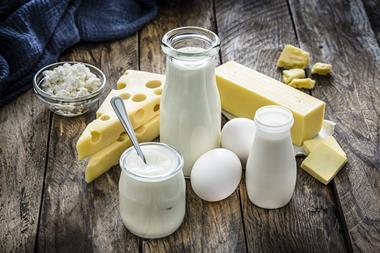
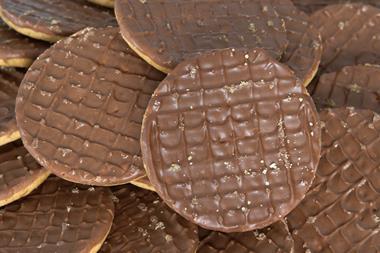
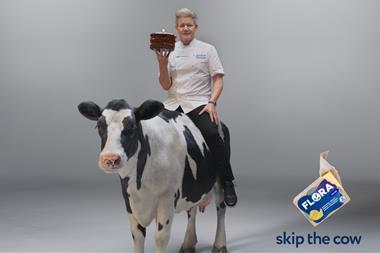

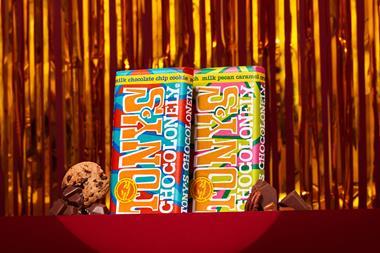


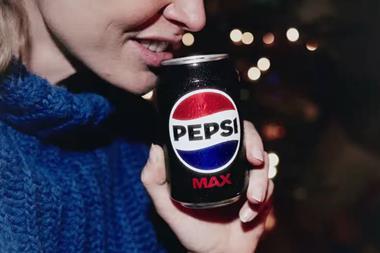
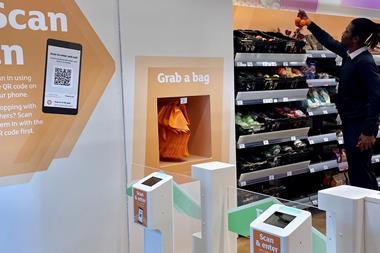
No comments yet